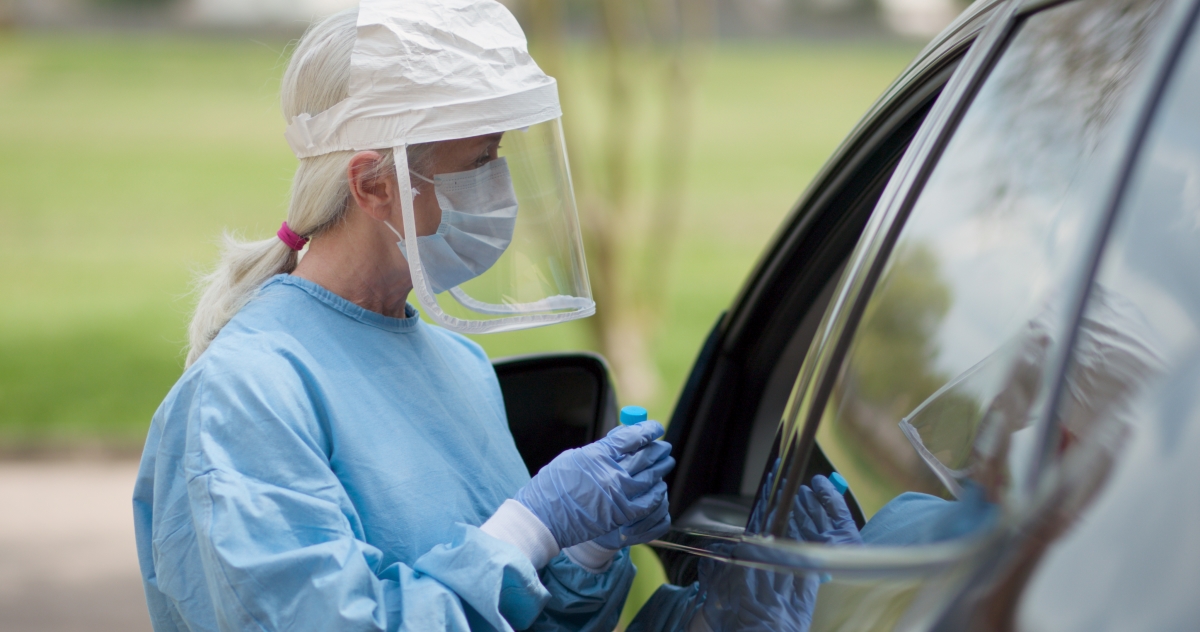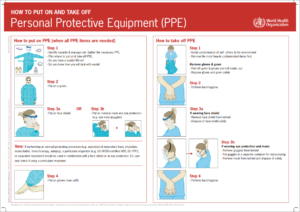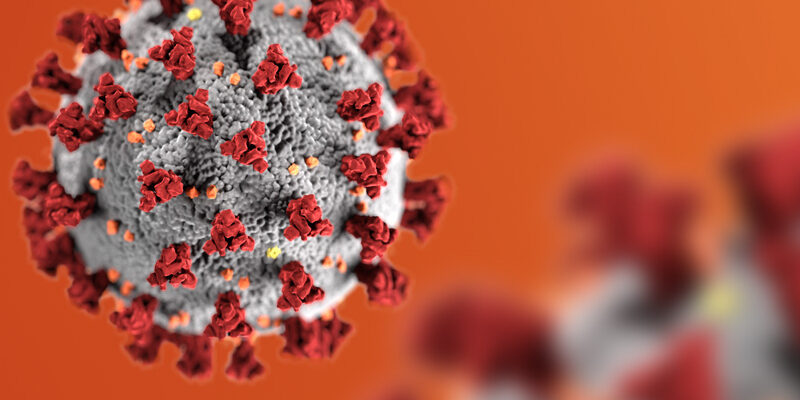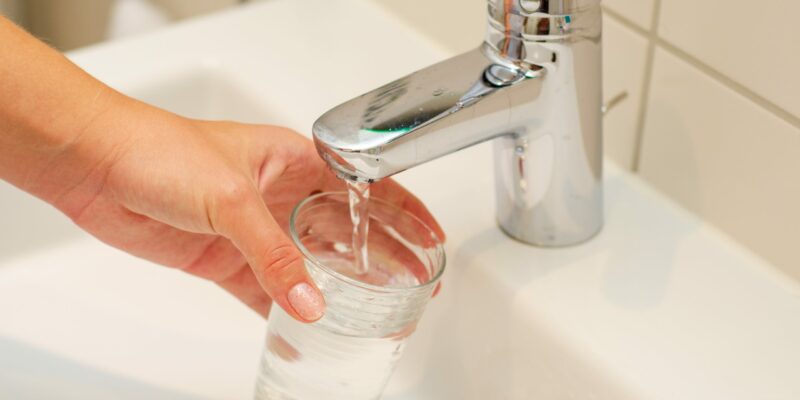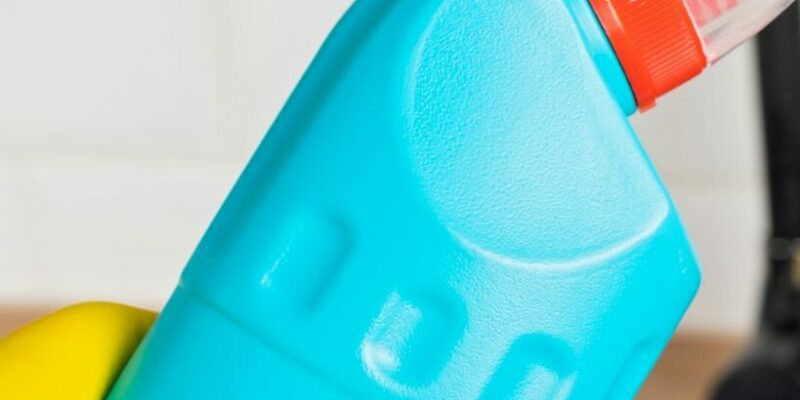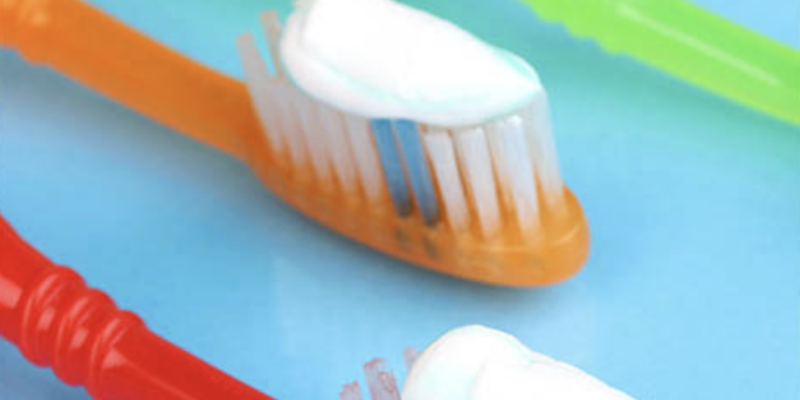What is PPE?
PPE, an acronym for personal protective equipment, consists of clothing articles, other protective garments or equipment that is specially designed to protect the wearer from infection or bodily injury.
Personal Protective Equipment in Hospitals
Safety measures in hospitals require nurses, doctors and other healthcare personnel (HCP) wear PPE to minimize their exposure to hazards that can cause serious illnesses and injuries.
There are several types of PPE to help keep HCP safe from infectious materials during the COVID-19 crisis, including disposable gloves and coveralls, N95 respirators, surgical masks, face shields and safety glasses.
Personal Protective Equipment and Their Uses
-
Disposable Gloves and Coveralls:
Disposable medical gloves made from vinyl, latex or nitrile help protect healthcare workers and patients from the spread of illness during medical procedures or examinations. Disposable coveralls made of polypropylene are designed to cover and provide protection for the whole body, including the legs, back, head and feet.
-
N95 Respirator Masks:
Traditionally, N95 respirator masks were made for use at construction sites and other industrial jobs that expose workers to dust and small particles. During the COVID-19 pandemic and previous pandemics, healthcare workers wear these respirator masks, made from a flexible non-woven polypropylene fiber, during procedures to protect themselves and patients from spreading microorganisms, body fluids and particulate material.
-
Surgical Masks:
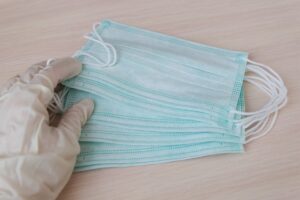 Disposable surgical masks are generally made by covering a layer of textile with a non-woven bonded fabric, which has better bacterial filtration and air permeability properties than woven fabric. Polypropylene, a thermoplastic polymer used in textile fibers, is the most common material used to make these masks. Disposable surgical masks can also be made of polystyrene, polycarbonate, polyethylene, or polyester.
Disposable surgical masks are generally made by covering a layer of textile with a non-woven bonded fabric, which has better bacterial filtration and air permeability properties than woven fabric. Polypropylene, a thermoplastic polymer used in textile fibers, is the most common material used to make these masks. Disposable surgical masks can also be made of polystyrene, polycarbonate, polyethylene, or polyester. -
Face Shields:
Healthcare providers use face shields to help protect their face and associated mucous membranes in the nose and mouth from splashes, sprays and spatter of body fluids. Face shields are generally used with other PPE and come in disposable, reusable and replaceable models. The face shield’s visor is made several types of materials, including polycarbonate, propionate, acetate, polyvinyl chloride and polyethylene terephthalate glycol (PETG).
-
Safety Glasses and Goggles:
Safety glasses and goggles protect the wearer from the impact of flying fragments and particles. Chlorine chemistry is used to manufacture safety glasses and respiratory inhalers, and can be found in some medical devices.
For more information about PPE, watch this video.
PPE Policy
To help ensure medical device PPE is safe and effective, the U.S. Food and Drug Administration (FDA) established Quality Systems Regulations and Good Manufacturing Practices. Manufacturers of FDA- regulated PPE are expected to use these regulations and practices to maintain consistent product quality and to guide performance testing so that their products conform to recognized standards. PPE standards may include fluid resistance, leak protection and resistance to tears and snags.
Sterilizing, Cleaning and Disinfecting
Hydrogen Peroxide
During the COVID-19 pandemic, the FDA approved a technology developed by scientific research nonprofit Battelle Memorial Institute to use concentrated vapor phase hydrogen peroxide in specialized equipment to sterilize used N95 respirator masks and other personal protective equipment worn by healthcare professionals. Ethylene oxide is also used to sterilize PPE and other medical equipment used by medical facilities.
Hydrogen peroxide is active against a wide range of microorganism including bacteria, yeast, fungi and spores. Commercially available 3 percent hydrogen peroxide solution is a stable and effective surface disinfectant. In concentrations from 3 to 6 percent, hydrogen peroxide solutions can disinfect ventilators, fabrics and endoscopes. Hydrogen peroxide is also included on the Environmental Protection Agency’s list of disinfectants for use against COVID-19.
Household Cleaners
 Household and commercial bleach solutions can help disinfect surfaces including reusable equipment in hospitals, medical labs, doctor’s offices and nursing homes to help prevent the spread of infectious illnesses.
Household and commercial bleach solutions can help disinfect surfaces including reusable equipment in hospitals, medical labs, doctor’s offices and nursing homes to help prevent the spread of infectious illnesses.
When soap and water are not available, the U.S. Centers for Disease Control and Prevention (CDC) recommends using a hand sanitizer with a concentration of at least 60 percent ethanol or 70 percent isopropyl alcohol to inactivate viruses with similar properties to the COVID-19 virus.
EPA Approved List of Disinfectants
The American Chemistry Council’s Center for Biocide Chemistries developed a list of products approved by the Environmental Protection Agency (EPA) for use against viruses like the SARS-CoV-2, the cause of the Novel Coronavirus, COVID-19. EPA’s list of antimicrobial products for use against COVID-19 can be found here.

